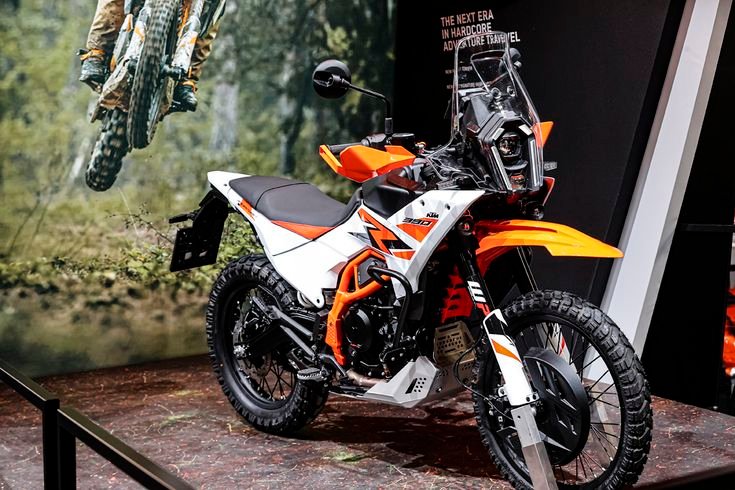
A dash cam (dashboard camera) is a valuable tool that records your vehicle’s surroundings while driving. It can provide evidence in the event of an accident, capture unexpected events, or monitor your vehicle when parked. Installing a dash cam is a relatively simple task that you can do yourself with minimal tools. This guide will take you through each step to install a dash cam in your vehicle.
Tools and Materials You Will Need
Before starting, gather the following tools and materials:
- Dash Cam Kit: Ensure your dash cam kit includes the camera, power cable, mounting bracket, and any necessary accessories.
- MicroSD Card: To store recordings, make sure you have a compatible microSD card.
- Trim Removal Tool: A plastic trim removal tool helps to tuck the wires neatly into the interior trim without damaging it.
- Cable Clips or Adhesive Pads: These will help secure the wires.
- 12V Power Outlet Adapter: To power the dash cam via the car’s cigarette lighter socket (if not hardwiring).
- Hardwiring Kit (Optional): If you prefer to hardwire the dash cam to your vehicle’s fuse box for a cleaner look.
Step-by-Step Installation Guide
Step 1: Choose the Right Location for the Dash Cam
The first step is to decide where to place the dash cam on your windshield. The ideal location is typically:
- Behind the Rearview Mirror: This is the most common location, as it provides a central view of the road and is discreet. Ensure that it does not obstruct your view while driving.
- Centered on the Windshield: Place it high up on the windshield for a wide field of view, capturing both sides of the road.
Tip: Check local laws and regulations regarding dash cam placement to ensure you comply with any rules about obstructing the driver’s view.
Step 2: Clean the Windshield Area
Once you have chosen the right location, clean the windshield thoroughly where the dash cam will be mounted. Use a glass cleaner or a damp cloth to remove dust, dirt, and grease. This ensures that the adhesive mount will stick securely.
Step 3: Attach the Mount or Suction Cup
Depending on the type of dash cam you have, you will either use an adhesive mount or a suction cup mount.
- Adhesive Mount:
- Peel off the adhesive backing.
- Press the mount firmly onto the windshield in your chosen location. Hold it in place for a few seconds to ensure a secure attachment.
- Suction Cup Mount:
- Wet the suction cup slightly for a stronger hold.
- Press the suction cup firmly against the windshield and lock it in place by turning or pressing down on the lever (depending on the model).
Step 4: Attach the Dash Cam to the Mount
Once the mount is securely in place, attach the dash cam to it:
- Slide the dash cam into the mount or clip it according to the manufacturer’s instructions.
- Adjust the angle of the dash cam to ensure it has a clear, unobstructed view of the road.
Step 5: Route the Power Cable
Now that the dash cam is mounted, you need to route the power cable to the power source.
- Start at the Dash Cam: Plug the power cable into the dash cam.
- Tuck the Cable into the Headliner: Use your trim removal tool to gently tuck the power cable into the headliner (the area where the windshield meets the roof). Be careful not to damage the headliner.
- Run the Cable Down the A-Pillar: Continue routing the cable down the A-pillar (the side of the windshield). Use the trim removal tool to hide the cable behind the plastic trim. Be cautious of any airbags in this area; avoid covering or interfering with them.
- Reach the Dashboard: Once you reach the dashboard, you can either:
- Run the cable along the dashboard edge to the power outlet or
- Continue tucking it under the dashboard panels for a cleaner look.
Step 6: Connect the Power Cable to the Power Source
There are two main options for powering your dash cam:
- 12V Power Outlet (Cigarette Lighter Socket):
- Plug the end of the power cable into the 12V adapter.
- Insert the adapter into the car’s cigarette lighter socket.
- Ensure the cable is secure and does not interfere with any vehicle controls or the driver’s feet.
- Hardwiring to the Fuse Box (Optional):
- Use a hardwiring kit to connect the dash cam directly to the vehicle’s fuse box.
- Identify a suitable fuse (such as one that turns on and off with the ignition).
- Use an “add-a-fuse” adapter to connect the dash cam’s power cable to the fuse.
- Ground the wiring to a metal bolt or screw in the vehicle’s chassis.
Tip: Hardwiring is recommended if you want the dash cam to turn on and off with the ignition automatically, or if you prefer a cleaner, cable-free appearance.
Step 7: Secure the Power Cable
After connecting the power source, secure the power cable along the trim with cable clips or adhesive pads. This will prevent it from hanging loosely or getting in the way while driving.
Step 8: Insert the MicroSD Card
If your dash cam requires a microSD card for recording:
- Make sure the dash cam is powered off.
- Insert the microSD card into the designated slot on the dash cam.
- Check the dash cam’s manual for any specific instructions or formatting requirements for the card.
Step 9: Test the Dash Cam
Now, turn on your vehicle’s ignition or plug in the 12V adapter to power up the dash cam.
- Check for Power: Ensure the dash cam powers on correctly and starts recording. You should see an indicator light or a display screen confirming that the camera is working.
- Adjust Settings: Use the dash cam’s menu to set the date, time, and preferred settings (e.g., video resolution, loop recording, and parking mode).
- Adjust the Camera Angle: Ensure the dash cam is positioned correctly to capture a wide view of the road. Adjust the angle if necessary.
Step 10: Secure the Dash Cam and Final Checks
Once everything is working correctly:
- Tighten the Mount: Ensure the dash cam is securely mounted and will not move or vibrate while driving.
- Check the Cable Routing: Make sure all cables are neatly tucked away and do not obstruct any vehicle controls or the driver’s view.
- Final Inspection: Double-check that all components are properly installed and that the dash cam records as expected.
Additional Tips
- Regularly Check the Dash Cam: Periodically check the dash cam to ensure it is functioning correctly and recording properly. Clear old recordings if the memory card is full.
- Use High-Quality SD Cards: Use a high-quality, high-speed microSD card that is compatible with your dash cam. Replace the card every few years to avoid data corruption.
- Update Firmware: Check the manufacturer’s website for any firmware updates that could improve functionality or add new features.
Conclusion
Installing a dash cam is a straightforward process that can be completed in about 30 minutes to an hour. By following these steps, you can ensure that your dash cam is correctly installed and ready to provide reliable recordings whenever you need them. A well-installed dash cam not only gives you peace of mind but also serves as an essential tool for safety and evidence on the road. Enjoy the benefits of having an extra set of eyes while driving!







